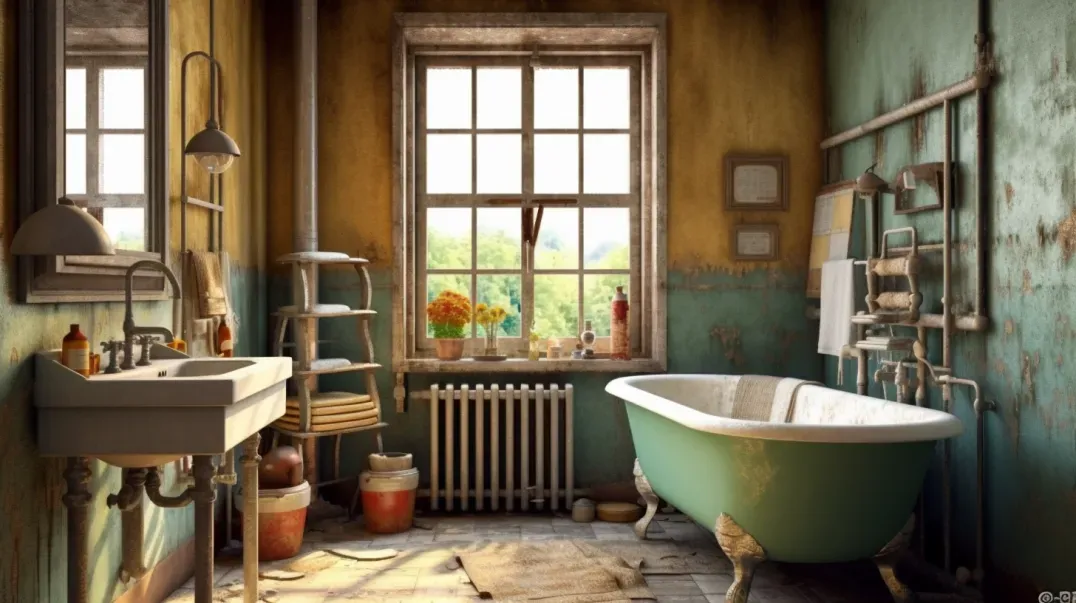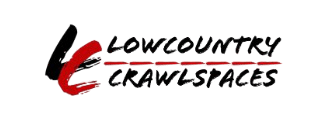The Connection Between Mold and Building Maintenance
In the battle against mold growth within our buildings, proactive and comprehensive maintenance stands as our first line of defense. Mold, a persistent and potentially harmful intruder, thrives in environments that neglect the principles of moisture control and structural integrity. This blog delves into the pivotal role that regular building maintenance plays in preventing the conditions that favor mold proliferation, safeguarding not only the physical structure of our properties but also the health of their occupants.
The significance of building maintenance extends beyond mere aesthetics or functionality; it is a fundamental practice that directly impacts the indoor air quality and longevity of our buildings. Mold growth can lead to serious health issues, degrade building materials, and result in costly remediation efforts. Through a detailed exploration of effective maintenance strategies, this blog aims to equip property owners, managers, and maintenance professionals with the knowledge and tools necessary to implement a mold prevention plan that is both effective and sustainable.
From understanding the common sources of moisture that can lead to mold growth to recognizing the importance of regular inspections and timely repairs, we will cover the essential aspects of building maintenance that are critical for mold prevention. Join us as we navigate the intricacies of maintaining a mold-free environment, emphasizing the proactive measures that can be taken to prevent mold before it starts.
By prioritizing building maintenance, we can create healthier, safer, and more resilient spaces that stand the test of time against the challenges posed by mold growth. Let’s embark on this journey towards better building maintenance practices together, fostering environments where mold is not just managed, but prevented.
Fundamentals of Mold Growth in Buildings
Understanding the fundamentals of mold growth is essential for effective prevention and management within buildings. Mold can significantly impact indoor air quality and the health of occupants, making it a critical concern for property owners and managers. This section explores the conditions that foster mold growth and provides an overview of the types of mold commonly found in buildings.
Conditions that Foster Mold
Mold growth is not random; it requires specific environmental conditions to flourish. Recognizing and controlling these conditions can significantly reduce the risk of mold in buildings:
- Moisture: The most critical factor for mold growth is moisture. Mold spores need wet or damp environments to start growing. Sources of moisture can include leaks, flooding, condensation, or high humidity.
- Temperature: Most molds thrive in temperatures that are comfortable for humans, typically between 60°F and 80°F (15°C and 27°C). This makes indoor environments particularly susceptible to mold growth.
- Organic Material: Mold feeds on organic materials, such as wood, paper, carpet, and even dust that contains skin cells. Virtually any surface in a building can support mold growth if the other conditions (moisture and temperature) are met.
By managing these three key factors, especially moisture, the risk of mold growth can be significantly minimized.
Types of Mold Common in Buildings
Several types of mold are commonly found in buildings, each with its characteristics and potential health impacts. Understanding these can help in identifying and addressing mold issues more effectively:
- Aspergillus: Often found on dust, powdery food items, and building materials, Aspergillus can cause respiratory infections and allergic reactions.
- Cladosporium: This mold grows on fabrics, wood, and other damp, porous materials. It can trigger allergic reactions and asthma.
- Penicillium: Known for its blue or green appearance on food, Penicillium can also spread to insulation, furnishings, and water-damaged furniture, causing allergies and asthma.
- Stachybotrys chartarum (Black Mold): Thriving on water-damaged, cellulose-rich materials like drywall, black mold is notorious for producing mycotoxins that can cause serious health issues, including respiratory problems.
Identifying the type of mold can guide the remediation process and health precautions. However, all mold types should be treated with caution, as they can pose health risks, especially to individuals with allergies, asthma, or immune disorders.
The Role of Regular Building Maintenance
Regular building maintenance is a cornerstone of mold prevention, safeguarding the health of occupants and the integrity of the structure itself. By focusing on preventive maintenance and the upkeep of ventilation systems, property managers and maintenance teams can significantly reduce the risk of mold proliferation within their buildings.
Preventive Maintenance to Control Moisture
Controlling moisture is paramount in preventing mold growth. Preventive maintenance routines play a crucial role in this process by identifying and addressing potential sources of moisture before they contribute to mold development. Key aspects include:
- Roof Inspections: Regularly inspecting the roof for damage, leaks, or inadequate drainage can prevent water from entering the building and causing damp conditions conducive to mold.
- Plumbing Checks: Routine checks of the plumbing system can identify leaks or condensation issues early, preventing moisture accumulation in walls, floors, and ceilings.
- Foundation and Exterior Inspections: Ensuring that the building's foundation and exterior surfaces are in good condition can prevent water intrusion. This includes maintaining gutters and downspouts and ensuring that the ground slopes away from the building to facilitate proper drainage.
- Window and Door Inspections: Checking seals around windows and doors can prevent rain and moisture from entering, especially during stormy weather.
Implementing a schedule for these preventive maintenance tasks ensures that moisture-related issues are promptly addressed, significantly reducing the likelihood of mold growth.
Ventilation Systems Maintenance
Properly functioning HVAC and ventilation systems are critical in maintaining indoor air quality and preventing mold by regulating moisture levels. Here’s how regular maintenance of these systems contributes to mold prevention:
- Regular HVAC Inspections and Servicing: Ensuring that HVAC systems are regularly inspected, cleaned, and serviced can prevent the accumulation of moisture and organic debris, which could support mold growth.
- Filter Replacements: Regularly replacing HVAC filters according to manufacturer recommendations helps to remove mold spores from the air, reducing their ability to settle and grow on surfaces.
- Duct Cleaning: Periodic cleaning of ductwork can remove dust and mold spores, preventing their circulation throughout the building.
- Ensuring Adequate Ventilation: Maintenance routines should ensure that ventilation systems are working efficiently, especially in high-humidity areas such as bathrooms, kitchens, and laundry facilities, to remove excess moisture from the air.
By prioritizing the maintenance of HVAC and ventilation systems, buildings can achieve better air quality and moisture control, creating an environment that is less hospitable to mold.
Key Areas of Focus in Building Maintenance
Effective building maintenance is critical for preventing mold growth and ensuring the longevity and safety of the structure. Two key areas that require regular attention are the building's roof and gutter system and its plumbing infrastructure. Focusing on these areas can significantly reduce the risk of water intrusion and moisture accumulation, which are primary contributors to mold development.
Roof and Gutter Maintenance
The roof and gutter system plays a vital role in protecting a building from water damage by directing rainwater away from the structure. Regular maintenance is essential to ensure they function correctly:
- Regular Inspections: Conduct bi-annual inspections of the roof and gutters, especially after severe weather conditions, to identify and address potential issues such as cracks, breaks, or blockages.
- Cleaning Gutters and Downspouts: Keep gutters and downspouts clear of debris such as leaves and twigs, which can cause blockages and lead to water overflow and accumulation around the building's foundation.
- Repairing Damage Promptly: Any damage to the roof or gutters should be repaired promptly to prevent water from entering the building. This includes fixing leaks, replacing damaged shingles or tiles, and sealing any gaps.
- Ensuring Proper Drainage: Ensure that downspouts direct water away from the building's foundation to prevent pooling and seepage into the basement or crawl spaces.
By maintaining the roof and gutter system, buildings can significantly reduce the risk of water intrusion, a critical step in mold prevention.
Plumbing and Leak Prevention
The plumbing system is another critical area for mold prevention, as leaks can lead to hidden moisture problems that foster mold growth:
- Routine Plumbing Inspections: Regularly inspect plumbing fixtures, pipes, and connections for signs of leaks or corrosion. Pay special attention to areas hidden within walls, in basements, and under sinks.
- Addressing Leaks Immediately: Even minor leaks can lead to significant moisture problems over time. Repair leaks as soon as they are detected to prevent water accumulation and mold growth.
- Insulating Pipes: In colder climates, insulate pipes to prevent freezing and bursting, which can cause extensive water damage and mold issues.
- Monitoring Water Pressure: High water pressure can stress pipes and fittings, increasing the risk of leaks. Install a pressure-reducing valve if necessary to maintain a safe water pressure level.
Proactive maintenance of the plumbing system can prevent leaks and moisture accumulation, key factors in mold prevention. By focusing on these critical areas, property managers and maintenance teams can effectively safeguard against the risks associated with water damage and mold growth.
Mold Inspection and Early Detection
Early detection of mold is crucial in preventing its spread and mitigating potential health risks and structural damage. Implementing routine mold inspections and being vigilant about the early signs of mold can save significant time, resources, and health concerns over the long term. This section explores the strategies for routine mold inspections and identifying early indicators of mold growth.
Routine Mold Inspections
Incorporating mold inspections into regular maintenance routines is a proactive approach to mold management. Here’s how to implement these inspections effectively:
- Schedule Regular Inspections: Establish a schedule for regular mold inspections, focusing on areas prone to moisture accumulation such as basements, bathrooms, kitchens, and around HVAC systems.
- Professional Assessments: Consider hiring professionals for annual inspections, especially in complex commercial buildings. Mold inspection experts can identify hidden problems and provide recommendations for prevention and remediation.
- Moisture Assessments: Include moisture assessments in your routine inspections. Use moisture meters to detect unseen moisture issues within walls or under flooring, which could indicate potential mold growth areas.
- Documentation and Follow-Up: Keep detailed records of inspection findings and any actions taken to address issues. This documentation can help track problem areas over time and ensure that preventive measures are effective.
Identifying Early Signs of Mold
Early detection of mold involves recognizing its signs during routine maintenance checks. Here are key indicators:
- Visible Growth: Look for visible signs of mold, which may appear as small specks in various colors (black, white, green, or yellow) on surfaces.
- Musty Odors: A musty, earthy smell is often the first indication of hidden mold. Investigate any unusual odors promptly, as they can indicate mold growth even when it's not visibly apparent.
- Water Damage: Signs of water damage, such as stains, discolorations, peeling paint or wallpaper, and warping materials, can also indicate potential mold growth areas.
- Health Symptoms: Pay attention to health complaints from occupants, such as allergies, respiratory issues, or headaches, which can worsen in mold-affected environments.
By implementing routine mold inspections and being adept at identifying early signs of mold, building managers can take swift action to address mold issues before they escalate. This proactive approach not only helps in maintaining a healthy indoor environment but also contributes to the longevity and safety of the building structure.
Cleaning and Remediation in Maintenance
Maintaining a clean and mold-free environment is essential for the health and safety of building occupants and the longevity of the building itself. Effective cleaning practices play a crucial role in preventing mold buildup, while prompt and appropriate action in addressing mold outbreaks is vital for remediation. This section explores strategies for both prevention and remediation within the context of building maintenance.
Effective Cleaning Practices
Regular and thorough cleaning is one of the most effective ways to prevent mold growth. Here are some strategies to incorporate into your maintenance routine:
- Focus on High-Moisture Areas: Bathrooms, kitchens, and basements are prone to mold due to higher moisture levels. Regular cleaning and drying of these areas can prevent mold from establishing a foothold.
- Use Mold-Inhibiting Cleaners: For areas susceptible to mold, consider using cleaners that contain mold inhibitors. However, ensure they are safe for the surfaces being cleaned and for building occupants.
- Maintain Dry Conditions: Quickly address any spills or leaks, and use dehumidifiers in areas with high humidity levels to keep moisture levels low.
- Ventilation: Ensure that ventilation systems are clean and functioning properly to reduce humidity and prevent moisture accumulation.
By implementing these cleaning practices, you can significantly reduce the risk of mold growth and contribute to a healthier indoor environment.
Addressing Mold Outbreaks
When mold is identified during maintenance activities, it's crucial to act swiftly to contain and remediate the outbreak. Here are the steps to follow:
- Assess the Extent: Determine the extent of the mold outbreak. If the affected area is small and contained, you may be able to address it in-house. For larger infestations, consider hiring a professional mold remediation service.
- Containment: To prevent the spread of mold spores, contain the affected area. This may involve sealing off the area with plastic sheeting and using air scrubbers.
- Removal: Remove moldy materials that cannot be effectively cleaned, such as porous materials (e.g., drywall, carpeting). Non-porous surfaces can be cleaned with appropriate mold-killing solutions.
- Cleaning and Drying: Thoroughly clean the affected area with mold-killing products, then dry the area completely to prevent mold from returning.
- Repair and Prevention: Address the underlying moisture problem that led to the mold outbreak. This may involve repairing leaks, improving ventilation, or adjusting humidity levels.
Promptly addressing mold outbreaks and taking steps to prevent their recurrence is essential for maintaining a safe and healthy building environment.
FAQs
Contact Lowcountry Crawlspaces Today!
Lowcountry Crawlspaces will do everything we can to ensure your experience with us is excellent.
Request A FREE Estimate
CHECKOUT RECENT POST
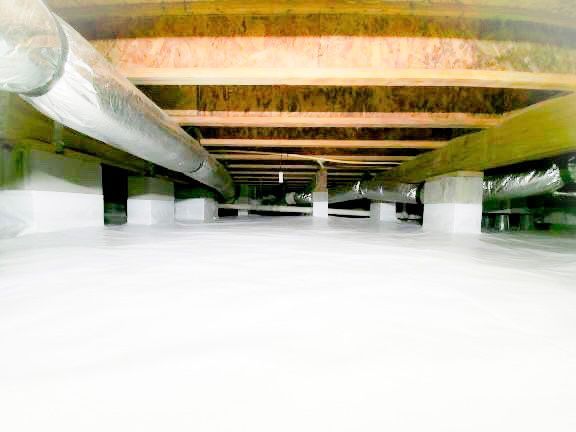
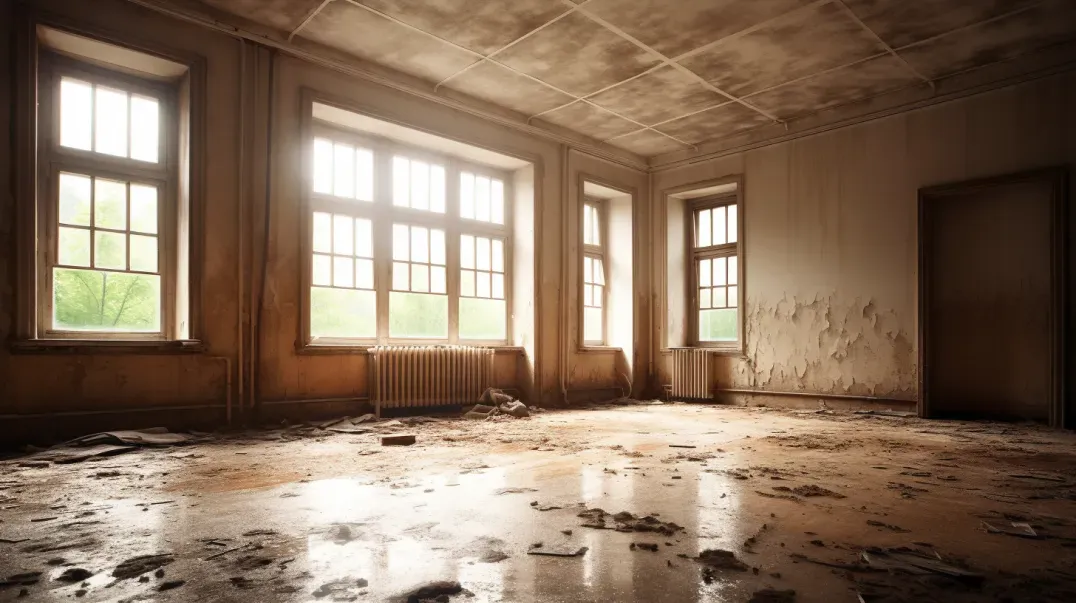
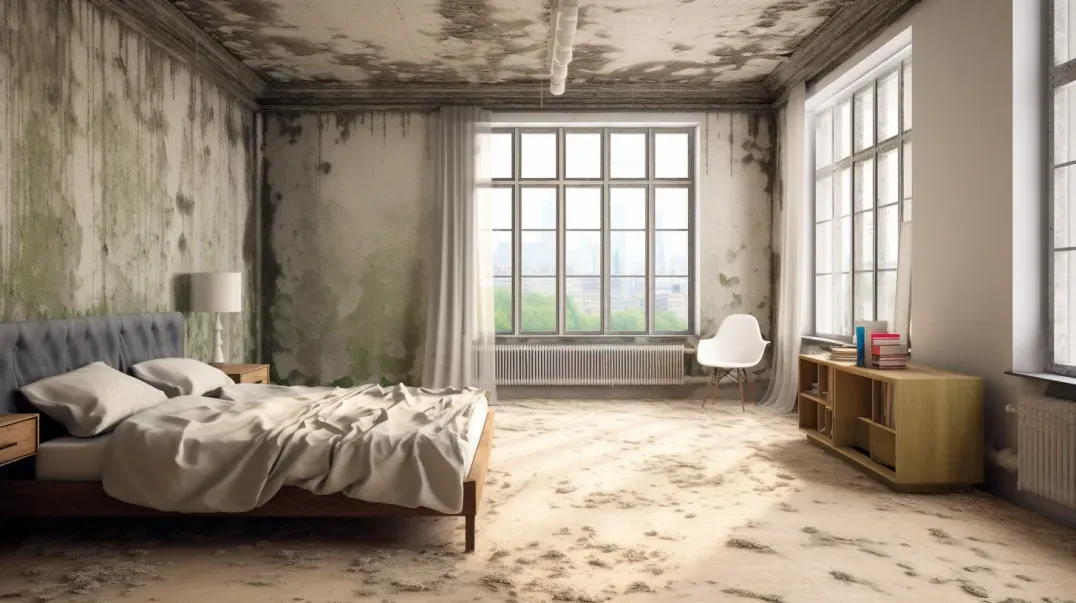
Schedule Your FREE Crawl Space Evaluation Today
There Is No Crawl Space Job We Can’t Fix!



